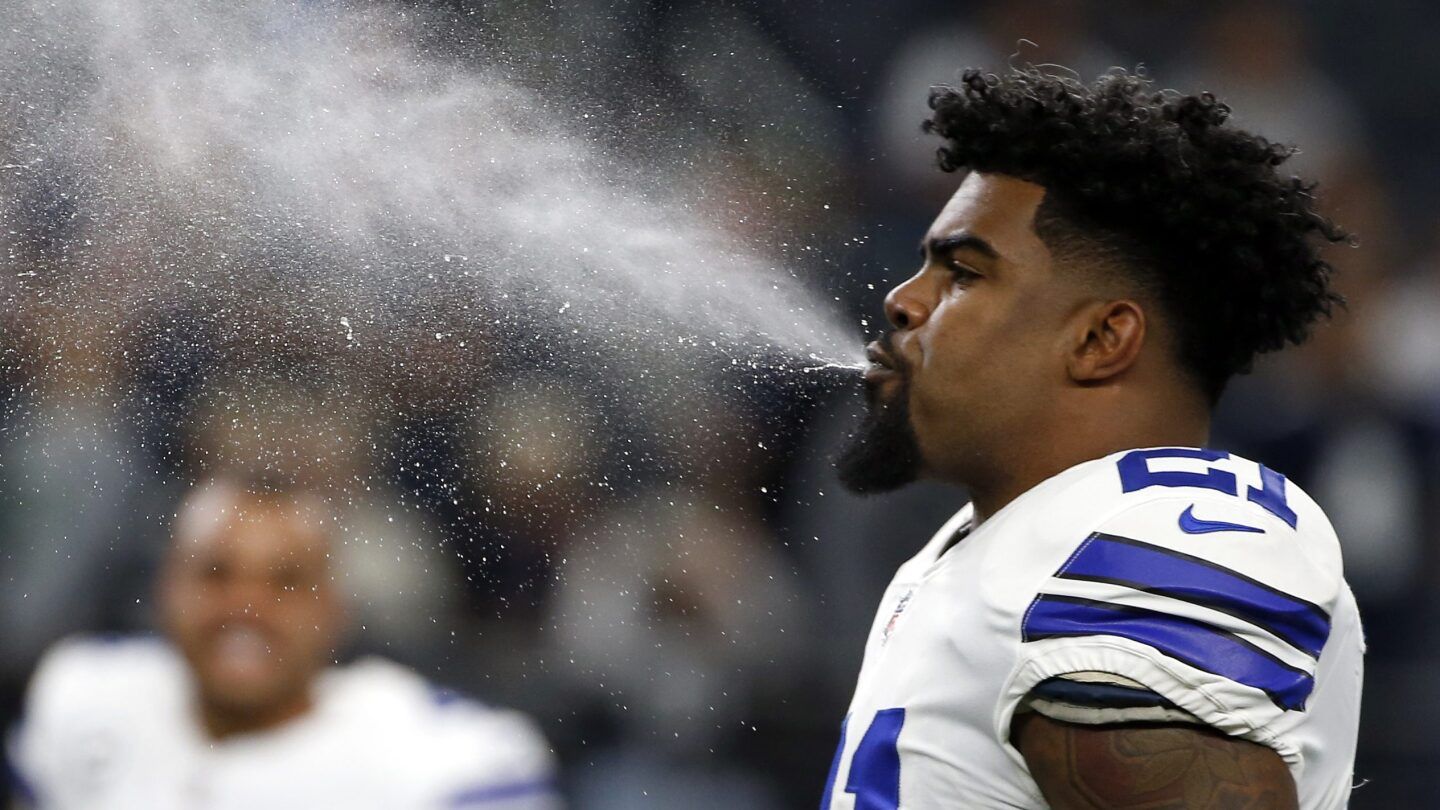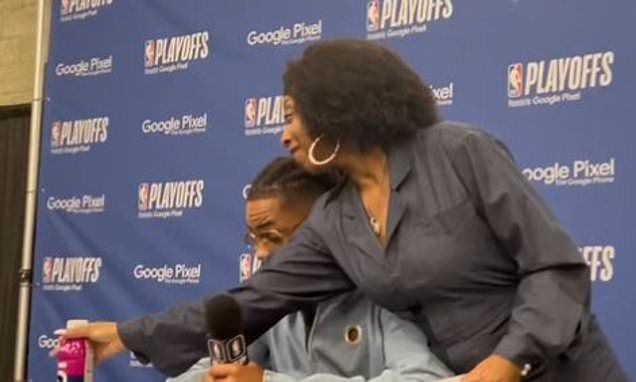The best way for running backs to get paid? Hold out (or hold in) after three years
When it comes to running backs generating leverage, there aren’t many viable options.
One potential approach comes from the strategy employed four years ago, by former Cowboys running back Ezekiel Elliott. After three NFL seasons, when the window opened for his second contract, he held out from training camp.
It eventually worked. Elliott signed a contract that paid him $47.44 million over four years, before the Cowboys ripped up the remaining four years of the deal.
Elliott’s holdout got him a seventh season that he likely wouldn’t have received, but for the structure of the contract. His $12.4 million salary in 2022 became fully guaranteed in March 2021. Without that trigger, the Cowboys surely would have released Elliott a year before they did.
If Elliott hadn’t held out after three seasons, the Cowboys could have ridden out the five years of his first-round rookie contract, franchise tagged him once, and then walked away. Elliott, by not showing up for camp in 2019, forced the Cowboys to give him the kind of financial security he never would have received.
It’s a viable strategy, for young running backs who put together a sufficiently potent third season. Elliott had 1,434 rushing yards in 2018, setting the stage for the holdout.
Christian McCaffrey got his major contract from the Panthers after his third season without a holdout; becoming only the third player in league history to generate more than 1,000 yards rushing and more than 1,000 yards receiving fueled Carolina’s decision to pay him. Drafted in 2017, Dalvin Cook, Joe Mixon, and Alvin Kamara also got major contracts after three seasons from the Vikings, Bengals, and Saints, respectively.
The 2018 draft included Saquon Barkley and Nick Chubb. The Browns gave Chubb a second contract after three seasons. Barkley, who tore an ACL in 2020, did not get one from the Giants.
In 2020, the Colts drafted Jonathan Taylor and the Ravens picked J.K. Dobbins in round two. Both are eligible for second contracts. Neither has gotten one yet. And neither had the kind of third season that makes it easy to take a stand. Taylor missed six games with an ankle injury, and Dobbins missed nine due to lingering issues from a torn ACL suffered in 2021. (That said, Dobbins finished the 2022 season in very impressive fashion.)
Still, if Taylor and Dobbins want to get their contracts now, without running the risk of being franchise-tagged in 2024, they could take a stand. Even with disappointing third seasons, they should consider taking a stand.
It’s a calculated risk, to be sure. But it will get the team’s attention.
The other approach, which has become popular in recent years, is the hold-in. The player shows up but doesn’t practice until he gets the contract he wants. While it avoids the fines of a holdout, the team eventually can say to the players, “OK, it’s time to get to work.” (That happened last year with the Bears and linebacker Roquan Smith.)
Whether it’s a holdout or a hold-in, three years is the key. That’s when running backs can get second contracts. And that’s when they should make a strategic effort to get what they have earned.
If they don’t do it then, they might never get the second contract they deserve.
Source: NBC Sports


